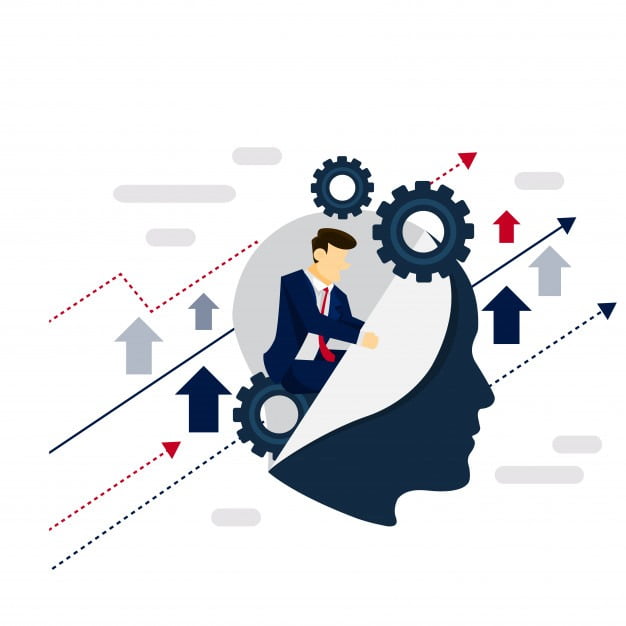
Most of the businesses follow the traditional year-end review system where an entire evaluation of an employee’s work is done during a one to one meeting session ranging roughly from half an hour to a couple of hours. This whole system leads to subsequent organizational problems acting in a domino’s effect manner. Most of the academic institutions have adopted the use of continuous performance evaluation models for better feedbacks. The industry is also focusing on implementing this method in the business environment owing to the favorable critical acclamation it has received in the education domain. Performance Management Systems can play a pivotal role in the continuous evaluation as the inputs are recorded and processed on a daily basis by digital solutions. They also enable scalability to accommodate any number of employees which makes the software a great asset for every sector.
Performance: What matters for your Organization and Business Ultimately
As per 96% of the surveyed employees, they would welcome having regular feedbacks. This is because backdated events cannot be valued in a fair and just way. The need for proper analysis is that if the employee’s work is distributed in the span of the entire year, we cannot analyze it over a coffee before it gets cold! This needs year-round analysis which is a mammoth task for any employer. If the employees feel prejudiced or victimized of favoritism, they quit their jobs or show deliberate under-performance. A high rate of attrition, lower employee engagement, organizational cannibalism resulting out of under-appreciation are some of the riskiest problems arising out of the conservative year-end review meet system. The Performance Management Systems interpret the daily reporting in the form of KRA and KPI structure of the relevant employee. Let us have a look at the features that facilitate such strategic changes:
Customized Reporting Features
Every work profile has particular requirements that need to be met for the successful completion of their work. This work is to be reported in a measurable, objective, and in-line with the overall productive output required by the company. The staff members have to use the system portal to report the daily tasks and activities in the above-mentioned format along with the time duration. The performance software will break it down in administrative and functional portions of the job profile and generate the KRA and KPI structure of the employee. This clear definition will ensure proper analysis on a daily basis due to the timely service report processing.
Real-time Achievement Calculation
Every employee has to exhibit a minimum level of productivity to satisfy an employer’s expectations. However, they need to be informed about their performance on a real-time basis with the help of the software as it will calculate the percentage achievement through calculations based on the user’s inputs. The employee can verify it at any time of the day. Having access to the daily target achievement patterns will also help them in reallocating priorities to the tasks and spending time on each activity. The staff members can themselves evaluate their working patterns and improvise on a personal level, making a significant impact on their professional development.
Relative Performance Analysis
The employees can also use the system to see their relative progress in their work. The trends in the behavioral patterns, productivity with respect to time, time period-wise productivity, and profitability with respect to quality are analyzed by the software, and a bifurcated report is generated using this data. The correlation between the output of the existing and previous employees, along with the production generally accepted in the market, is made. Relative performance analysis portrays the actual caliber to be considered for remuneration revisions and strategic decisions like promotions.
Automated Report Generation
No employer engages a particular department or staff solely to generate performance reports. More or less, the templates with generic fields are used in the industry. However, these solutions use the dynamic KRA and KPI based formats to devise customized reports for each employee separately as per their work profile. This helps the management in better understanding the required efforts to improve talent continuous process evaluation by changing the parameters from time to time. Each report is auto-generated without human involvement and expertise.
Author’s Take
The year-end review meets simply another way of declaring employee efforts good or bad only on the basis of personal rapport and the work they did in the past six weeks. On the other hand, automation will capture data continuously and provide feedback to both employees and the employer. And this is equally beneficial to both the parties as this wouldn’t leave room for any blame game and them having a bitter tooth. Implementing performance management software will enable smooth engagement of the workforce in a constructive manner and build an accountability-driven work culture in your organization.



Leave a Reply